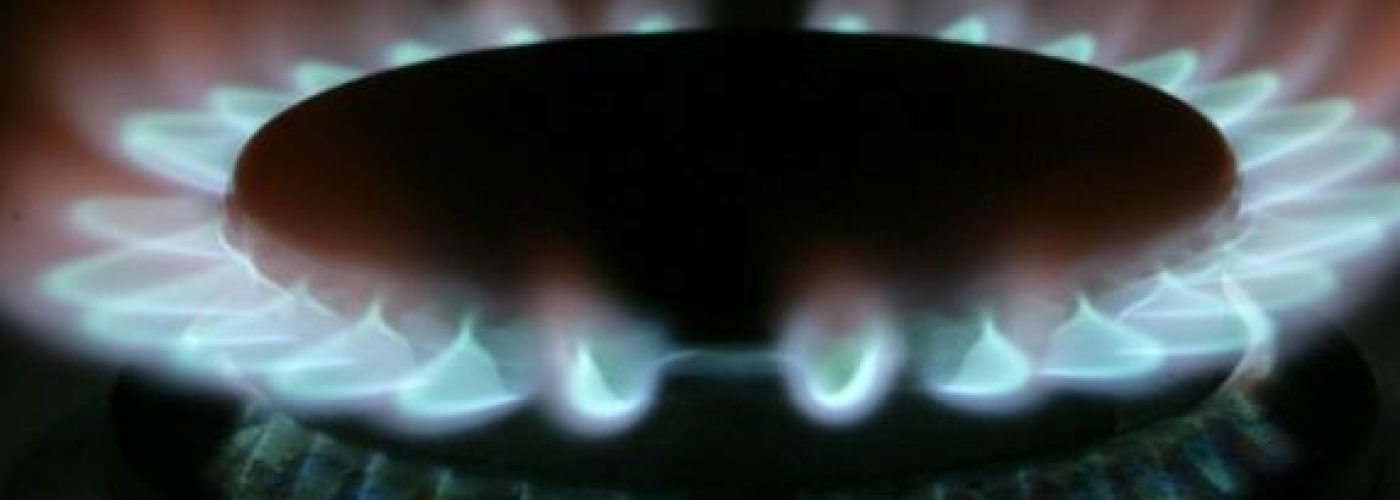Energy consumers are flocking to independent utility companies such as Ovo Energy and First Utility in the past few years as they become increasingly dissatisfied with the “big six” energy groups that dominate the sector.
But analysis by the Financial Times suggests that while revenues among the new entrants are rising fast, profits are not. Revenues among the eight biggest independent suppliers have risen almost tenfold in the past five years. But over the same period, profits have slumped from a total of £4m to losses of more than £14m.
The decline in profits has been exacerbated in the past 18 months by the slump in the oil price, which has driven down the costs of electricity consumption.
Analysts say one reason for the disconnect between profits and revenues may be that customers of the independent providers are more price-sensitive and less loyal than those buying energy from the established players. If prices begin to rise, they are more likely to switch provider.
“People who switch supplier are more affluent, but more likely to switch again. They are valuable but they are savvy,” says Edmund Reid, an analyst at the research group Lazarus Partnership.
The independent sector has grown in market share from under 1 per cent in 2010 to over 13 per cent today. Amber Rudd, the energy secretary, on Wednesday welcomed that growth. She said: “The big six are losing market share every quarter. Innovative new suppliers, which range from start-ups to local authorities, are demonstrating how competition is working for people.”
But she added that competition was not yet doing enough to drive down prices.
This year, the UK’s competition authority concluded that “millions of consumers are paying more for their energy than they need to” and outlined a series of measures to encourage customers to switch between suppliers.
Falling profits have not stopped the independents from spending significant amounts on marketing to attract new customers.
Ovo Energy, the second-biggest independent energy supplier in the UK, with 500,000 customers, generated revenues of £317m in 2014. But spiralling costs saw losses before tax at the company rise from £658,000 between May 2009 and July 2010 to £37m last year.
“It could be that some companies are mainly focused on getting customers in with cheap energy deals and then selling them higher-margin services,” says Mr Reid.
Stephen Fitzpatrick, Ovo’s chief executive, last month blamed marketing spend, fees, software licensing and higher staff costs for the losses, adding that he could not say when the independent utility would become profitable.
Ecotricity has gone through a similar trend. It made £3.8m of pre-tax profit on £36.9m of sales in 2010, but last year made only £911,010 despite revenues having grown to £70.4m.
Ian McCaig, chief executive of First Utility, the biggest and one of the most profitable of the independent companies, likens the situation to what happened in the airline industry several years ago.
“When the market began to be deregulated, low-cost airlines began popping up all over Europe. But only those that were best able to operate and hedge their costs managed to survive,” Mr McCaig says.
He adds: “If we [in our sector] continue to see an environment where there is a lot of pressure I could easily see a scenario that is not dissimilar over the next three to five years.”
The figures are not necessarily an immediate problem for these companies, as constant customer acquisition and in some cases injections of cash from private equity backers are helping fund operations.
Many independents fund their working capital by taking sizeable sums up front from new customers and paying them back much more slowly if they end up using less electricity than predicted. Ovo last year, for example, was owed £32m by customers and suppliers, but owed £82m to customers.
Mark Freshney, an energy investment banker at Credit Suisse, says: “Energy supply can be managed in a working capital positive way, so that the customer pays ahead of when they consume. This is the most important source of companies’ capital.”
This means companies can continue to fund expansion before starting to raise prices in an attempt to make a profit from existing customers.
But it does leave the independent sector vulnerable to unexpected problems, such as IT failures, which can quickly erode working capital.
That is exactly what happened in 2011 to Independent Energy, which was the biggest small supplier at the time but collapsed after its billing system failed.
“The biggest risk facing energy suppliers is glitches with billing and other IT systems,” Mr Freshney says.
Another risk is that new entrants fail to buy up oil and gas in advance, chancing their luck for cheaper prices on a month-by-month basis, and are then caught out by a sudden commodity price rise.
One executive of a large independent company says: “We think some of the newer entrants are charging so little, they cannot be buying electricity in advance. This could trip them up in future.”





